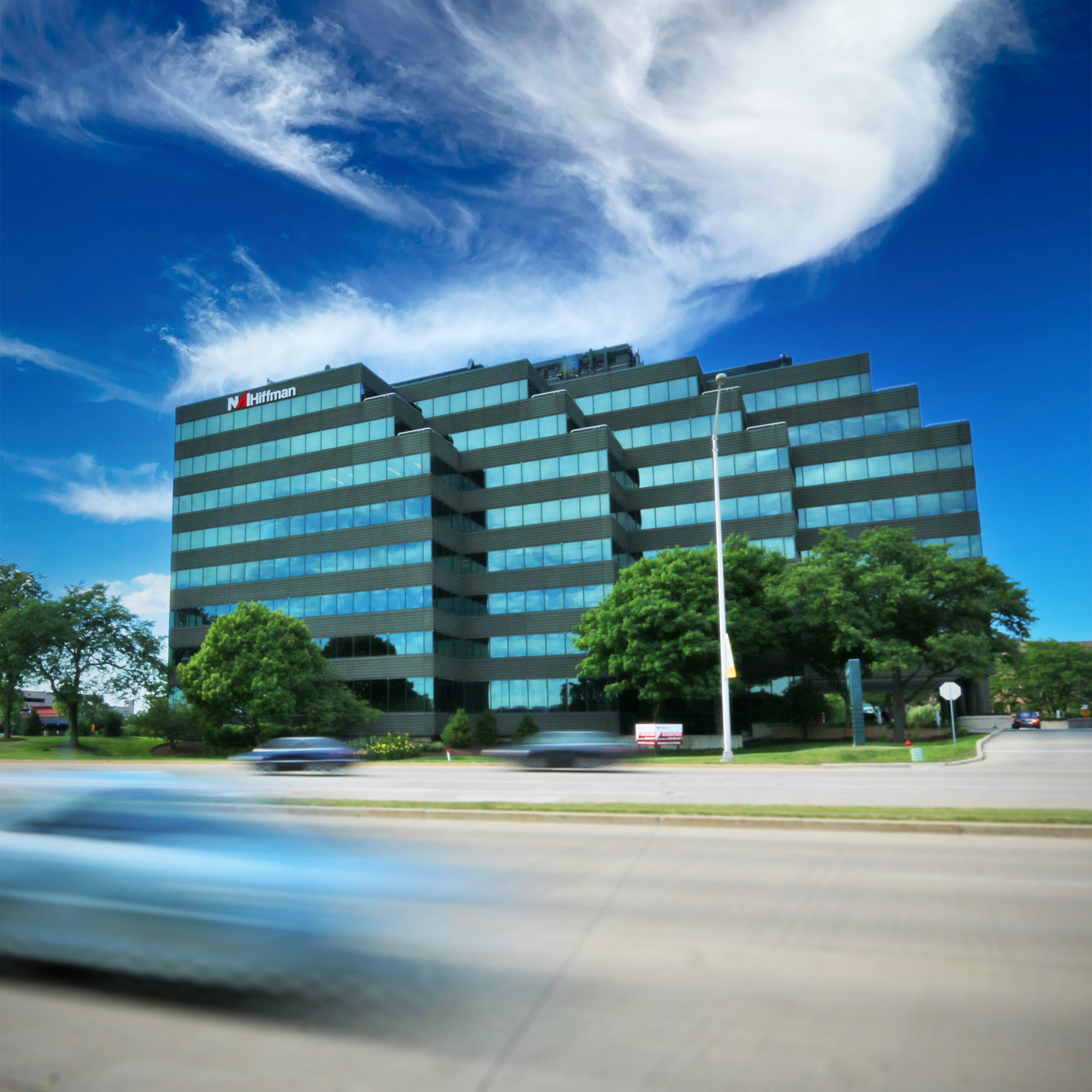October 2011
Mixed signals: Local commercial real estate market still shaky
As seen in the Daily Herald Business LedgerBy Erik Martin
Contributing Writer
Ask experts to give their assessment of the state of the local commercial real estate market, and many will tell you that, while they see some positive signs, 2011 has felt like a continuation of 2010.
“The anemic job market means a limited demand for desk space for office workers, and unemployed and fearful workers are not big spenders at retail establishments,” said John Rutledge, president of Rutledge Company LLC in Wheaton.
“Financing is difficult for all but the well-leased properties with substantial equity. The trophy properties are always the exception, but most properties are smaller and represent the vast majority of leases and sales.”
Rutledge said that, while politicians are encouraging lending, regulators have their feet firmly on the brakes and their eyes on the rearview mirror. Banks are being told to improve their capitol ratios, which they can do by either seeking equity investors or reducing their assets by not making new loans and refusing to extend those that are maturing. Consequently, properties with positive cash flow and equity cannot get refinanced because the value may have declined to the point where the loan to value ratio is too high. In short, the regulatory environment is not hospitable to lending to commercial real estate players.
“Financing has killed countless projects in the past two years, as the banks are not lending or are making it extremely difficult to qualify for a loan,” said Gary Skoog, Director of Economic Development for the Village of Hoffman Estates. In addition, “village budgets universally have been cut due to reduced revenues.”
Despite these challenges, Hoffman Estates is a good example of a town that has seen some progress in year-over-year sales in the retail sector the past 18 months, with value retailers like TJ Maxx, Audi, and Savers being active. Additionally, Skoog has observed smaller stores, retrenching and remodeling activity, and new, diverse shopping center owners.
Like many municipalities, Hoffman Estates has experienced the ebb and flow of companies moving out and coming in. A few examples of the latter are Tate and Lyle choosing a 120,000-square-foot office in the village for its global research center, and the addition of DMG Mori Seiki, BIG Kaiser, and NSK America — three Japanese precision toolmakers — that moved to establish American headquarters in Hoffman Estates.
From her perspective, Aubrey Van Reken, an associate with NAI Hiffman, a real estate services firm in Oakbrook Terrace, said the suburban Chicago office market has shown signs of improvement over the past year, as evidenced by an increase in tenants actively touring the market, expanding their office spaces, and opening new locations.
“Twenty-four months ago, most tenants were focused on cutting costs and maximizing office space efficiency,” said Van Reken. “Some were able to find relief with early renewal negotiations where they agreed to extend length of term in exchange for a lower rental rate. Others downgraded from Class A and B buildings to Class C in order to cut costs.”
Additionally, tenants are seeking shorter-term deals (1-to 3-year terms versus 3- to 5-year terms common in previous years), and landlords are offering better concessions to new tenants, she said.
“I’m also seeing a trend where some landlords are offering prebuilt, fully furnished offices with move-in ready appeal,” added Van Reken. “One building that took this approach, located at 4355 Weaver Parkway in Warrenville, recently went from about 60 percent occupancy to 100 percent occupied in the past few months.”
In the north and northwest suburbs, on the other hand, vacancy levels for commercial buildings are as high as 30 percent, which Cassell attributed to a number of factors, including stiff competition from other leasing markets, an increase in telecommuting, greater corporate consolidation and mergers, and high corporate state taxes.
Indeed, the biggest impediments holding back commercial real estate activity are tax and wage rates that are higher than other states, said Cassell.
A big positive for the Chicagoland market, however, is the growth in the education sector, with both for-profit and nonprofit higher educational institutions expanding footprints outside of their main campuses, Cassell said. He cited Robert Morris College, Olivet Nazarene University and Corinthian Colleges as prime examples.
Cassell believes that the near future looks brighter for the region’s commercial real estate sector, primarily due to the high supply of office space available and improved job growth.
“But we won’t see a tremendous amount of new buildings being built due to low demand,” he said. “The O’Hare Airport area and I-88 corridor will continue to be healthy, but as you head further west and north, that’s where continued challenges lie.”
Rutledge said “it’s pretty hard to be optimistic when the unemployment numbers are stuck at over 9 percent. The bad news is that the market is weak. The good news is that we’re a year closer to recovery than we were a year ago.”


